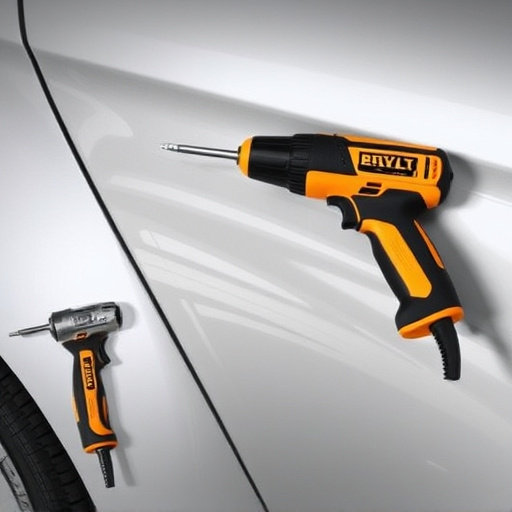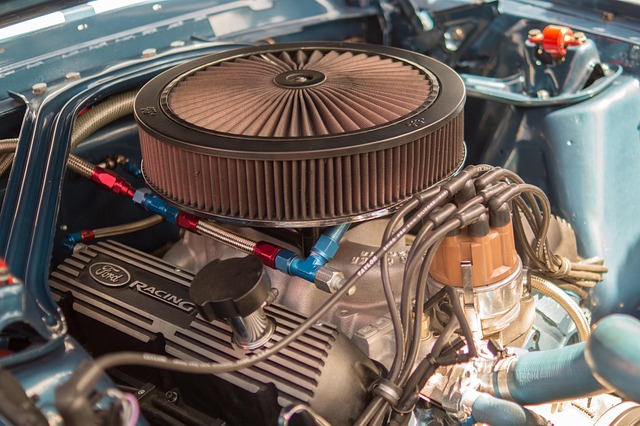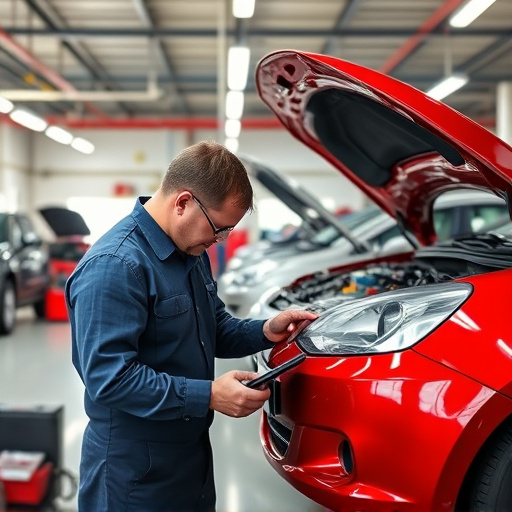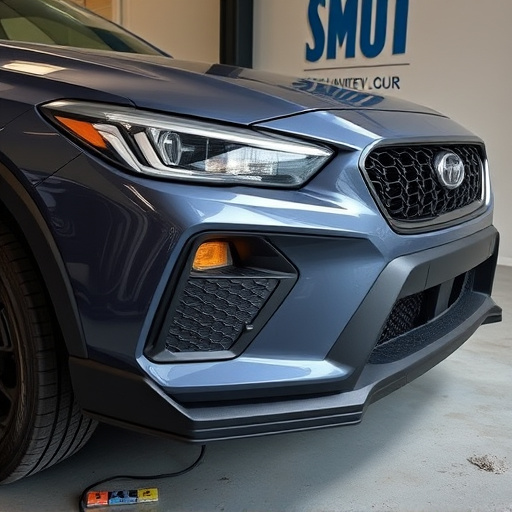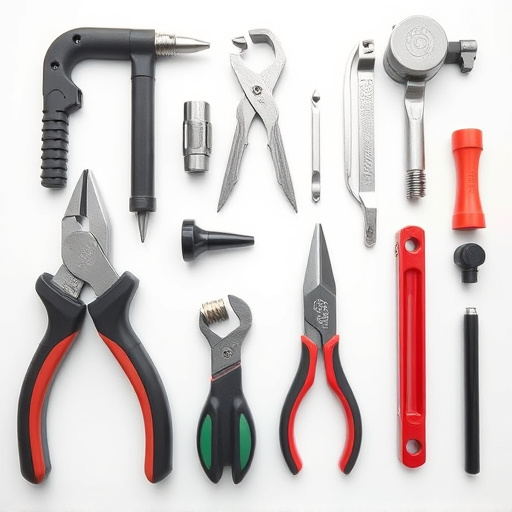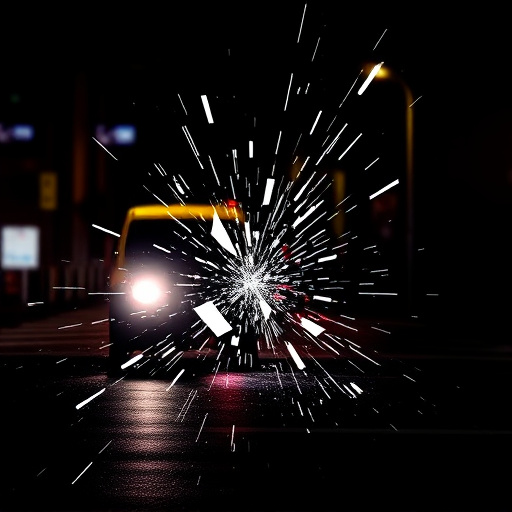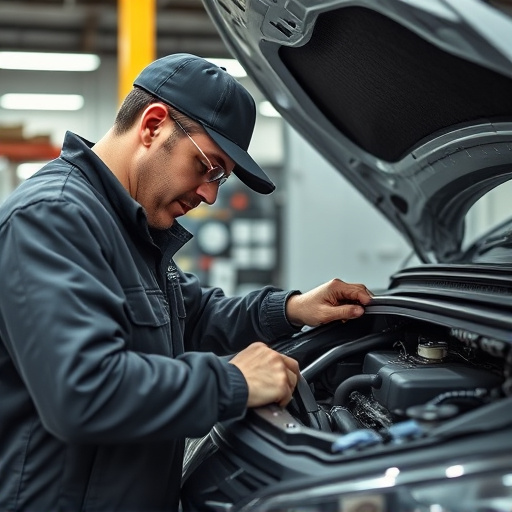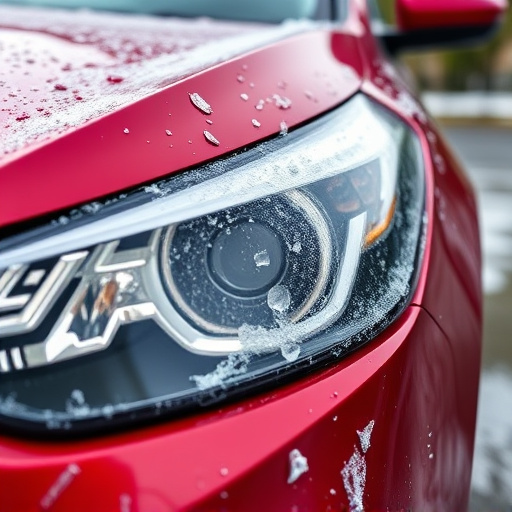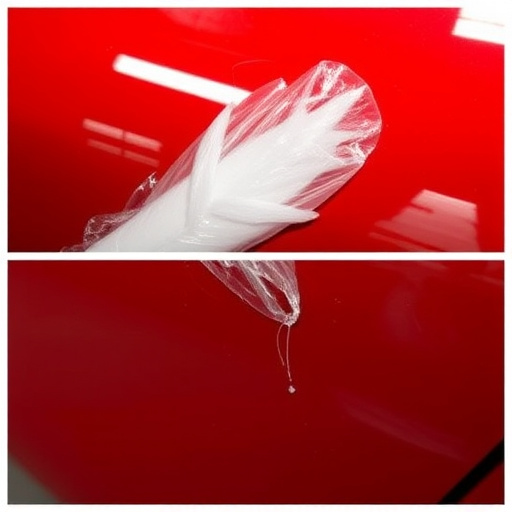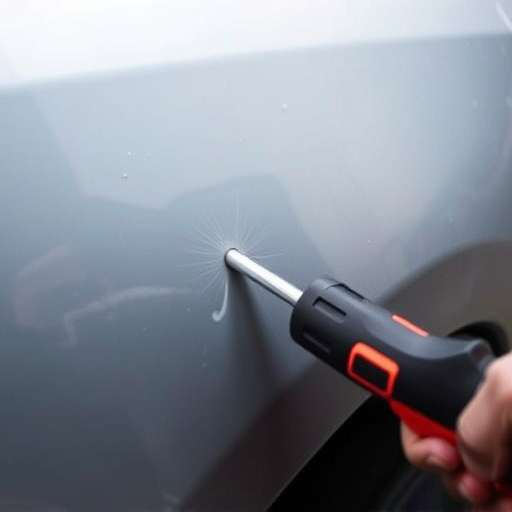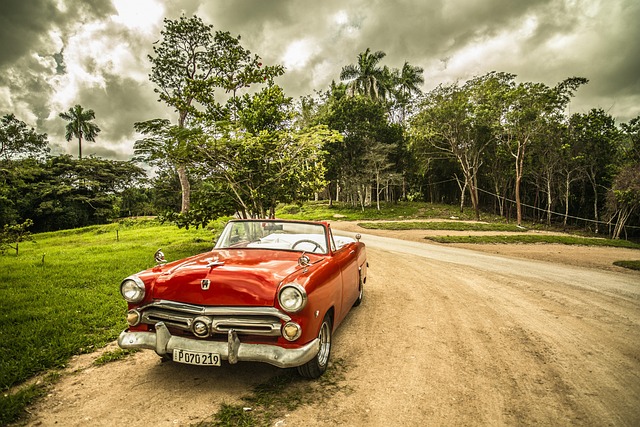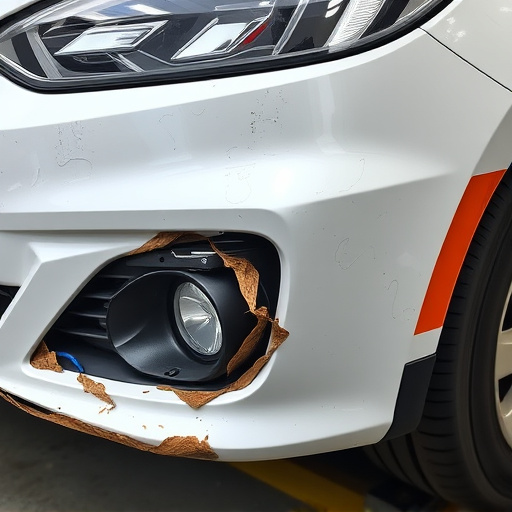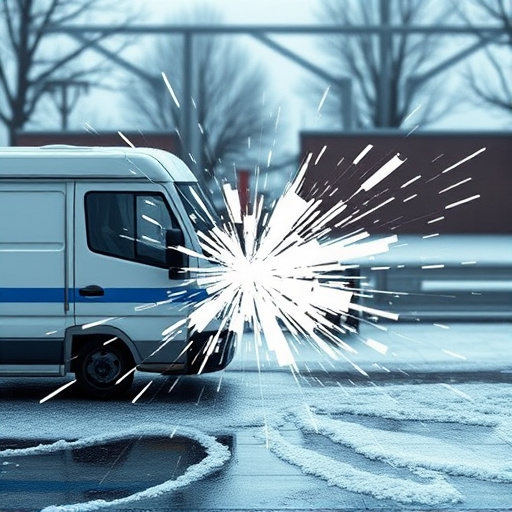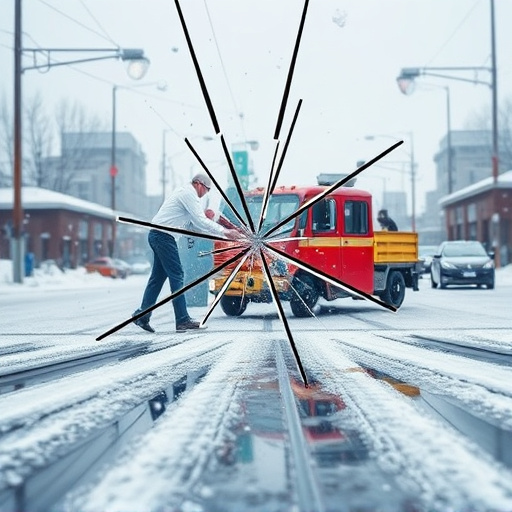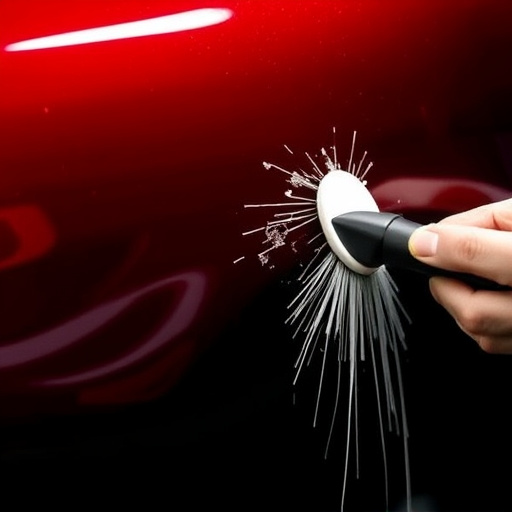Understanding paint aging is crucial for auto restoration, focusing on achieving original paint matching. Environmental factors impact color, texture, and clarity over time. Restorers assess signs like yellowing, cracking, and blisters, considering original paint type and weather impact. Advanced color-scanning tech, precise mixing techniques, and meticulous analysis ensure seamless blends, matching not just visible color but base coat and clear coat for repairs like fender, collision, and glass damage.
In auto restoration, achieving pristine results requires meticulous attention to detail, especially in paint matching. This intricate process involves understanding the science behind paint aging and degradation, as well as employing advanced techniques to accurately replicate the original paint. By delving into these methods, restorers can ensure that vehicles not only look their best but also maintain their historical integrity. Discover how mastering original paint matching becomes the cornerstone of successful auto restoration efforts.
- Understanding Paint Aging and Degradation in Autos
- The Science Behind Matching Original Paint
- Techniques for Achieving Accurate Paint Matching During Restoration
Understanding Paint Aging and Degradation in Autos
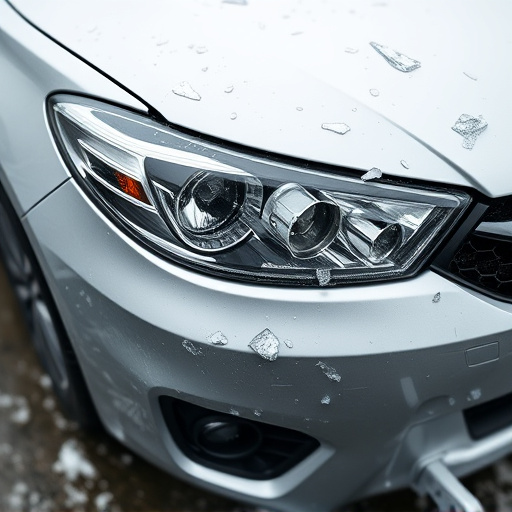
The process of understanding paint aging and degradation is paramount in auto restoration, especially when aiming for original paint matching. Over time, a car’s finish can suffer from various forms of deterioration due to environmental factors such as UV exposure, weather conditions, and chemical reactions. This natural process leads to changes in the paint’s color, texture, and clarity, making it distinct from its original state. For instance, yellowing, cracking, peeling, and blisters are common signs of aging paint, often seen in vehicles that have undergone fender repair or car collision repair.
Restorers need to carefully assess these changes during the restoration process. They must consider factors like the type of paint used originally, its composition, and how it has weathered over the years. This knowledge is crucial for achieving an accurate match during repainting, ensuring that any auto glass repair or subsequent car collision repair seamlessly blends with the restored body, maintaining the car’s original aesthetic appeal.
The Science Behind Matching Original Paint
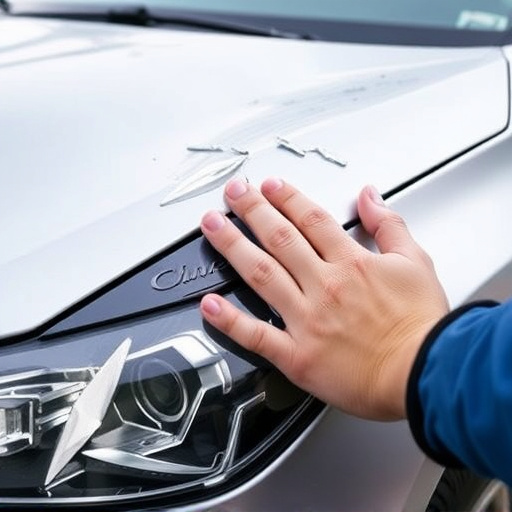
The process of matching original paint in auto restoration is both an art and a science. It involves a deep understanding of color theory and the intricate chemistry behind pigments and coatings. Every car has a unique color formula, which can be affected by various factors like weathering, sun exposure, and even minor incidents such as car dent removal or hail damage repair. Restorers need to analyze these variations and precisely replicate the original shade, hue, and finish.
This precise replication requires meticulous attention to detail. Professionals use specialized tools and techniques for vehicle paint repair, including advanced color-scanning technology that captures the exact spectral properties of the existing paint. They then carefully mix and blend pigments to match not just the visible color but also the underlying base coat and clear coat, ensuring a seamless blend that’s virtually indistinguishable from the original—a true testament to their skill and the quality of their work, even in cases where minor dents or damage need repair.
Techniques for Achieving Accurate Paint Matching During Restoration
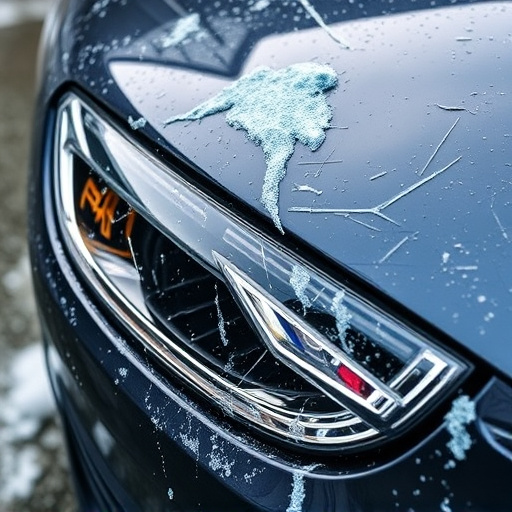
Achieving accurate original paint matching during auto restoration is an art that combines science and skill. It involves meticulous analysis of the damaged car’s surface to determine the exact shade, pigment, and finish of the existing paint. Professionals use specialized tools like color sensors and spectrophotometers to capture and analyze the unique chemical composition of the faded or scratched areas, often resulting from a fender bender. These advanced techniques ensure precise matching, even for subtle variations that can be overlooked by the naked eye.
The process doesn’t stop at identifying the original paint. Experts must then reproduce this color accurately during scratch repair and repainting. This meticulous approach involves mixing custom pigments to match not just the hue but also the luster and texture of the car’s exterior, ensuring a seamless blend that respects the car’s history while restoring it to its former glory.
In the intricate process of auto restoration, achieving accurate original paint matching is paramount to preserving a vehicle’s history and aesthetic appeal. By understanding the science behind paint aging and degradation, restorers can employ advanced techniques to match not just color but also texture, pigment, and even UV fading. This meticulous approach ensures that the restored vehicle not only looks authentic but also stands the test of time, allowing future generations to appreciate its original beauty.
